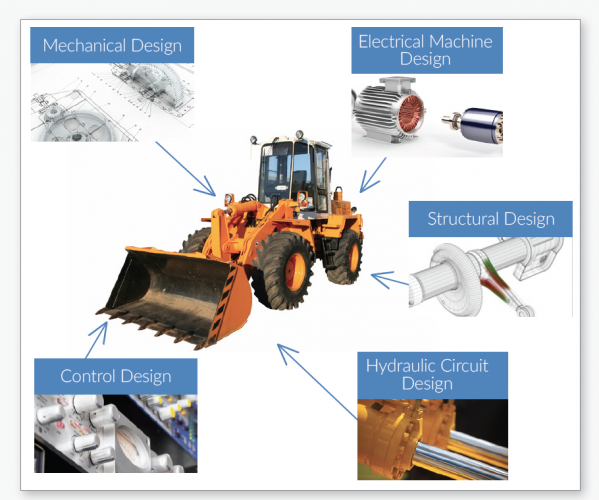
Many engineering organisations today are facing major challenges when designing and delivering new products. Time to market and cost control are critical in an increasingly competitive and global market. At the same time, system complexity is rising to accommodate growing customer expectations and increased regulatory constraints.
As a result of these challenges, key and sometimes fundamental design issues are often discovered late in the product development process. This results in budget overruns and project delays, especially if issues are not discovered until the hardware prototyping or system integration stages. Moreover, once a system has been delivered and installed, failures may result in disrupted production and emergency on-site service calls, which can become very expensive and hurt a company’s profits.
Many of these issues come about because the design of a complex system involves multiple engineering disciplines, each focused on one aspect of the system, using dedicated tools and methods to determine if their design will comply with the specifications for that aspect of the system. Problems arise when these subsystems are integrated during prototyping or even during final assembly.
In order to address these issues, a growing number of organisations are turning towards a Model-Driven Innovation process – an approach that makes a multidomain, system-level model the core of their design activities. Using system-level modelling to develop virtual prototypes of their systems, engineers can see how the individual subsystems work together.




Poll: Should the UK’s railways be renationalised?
I think the rail infrastructure should remain "nationalised" in the same way that the roads and motorways are "nationalised". I think the trains that...